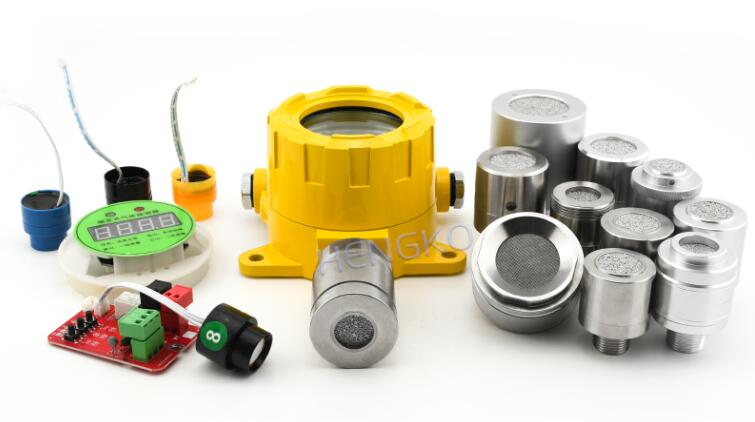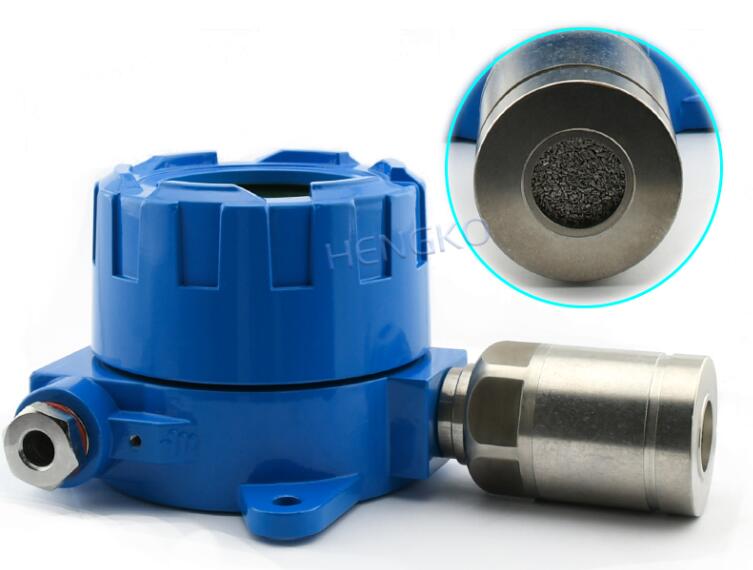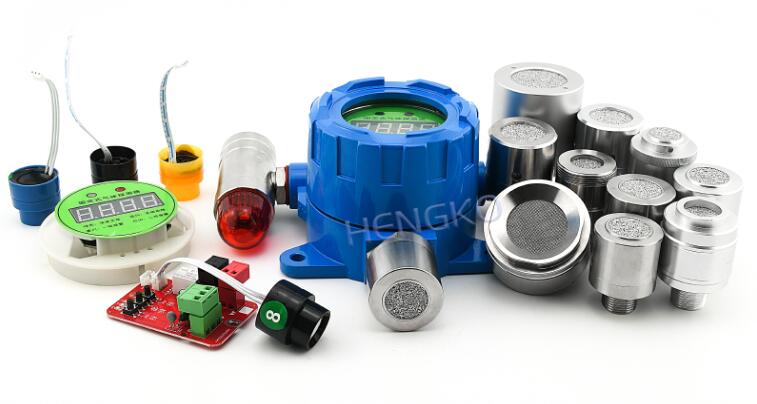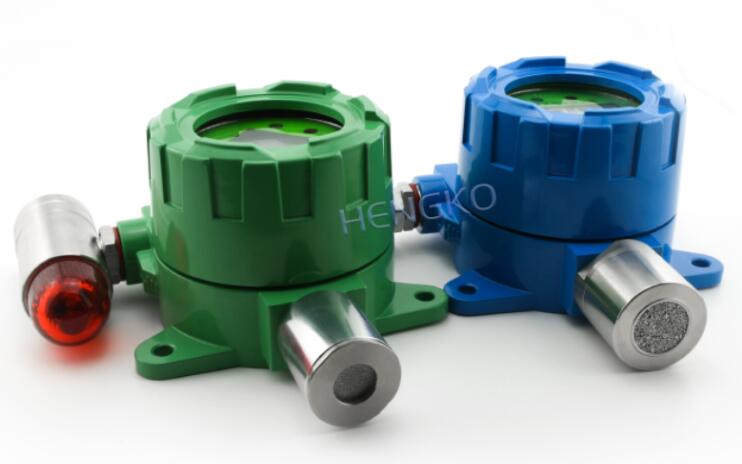Carbon dioxide is a colorless and odorless gas. It is one of the most important components of the atmosphere. As the main reactant of photosynthesis, the concentration of CARBON dioxide is directly related to the photosynthetic efficiency of crops, and determines the growth and development, maturity stage, stress resistance, quality and yield of crops. But too much of it will not only produce greenhouse effect and other effects, but also harm human health. At 0.3 percent, people experience a noticeable headache, and at 4-5 percent they feel dizzy. Indoor environment, especially in air-conditioned rooms, is relatively sealed. If there is no ventilation for a long time, the concentration of carbon dioxide will gradually increase, which is harmful to human health. According to the indoor air quality standard implemented in 2003, the standard value of the volume fraction of the average daily carbon dioxide content should not exceed 0.1%.
With the continuous development of science and technology, the increasing improvement of people's living standard and people's increasing attention to environmental protection, quantitative monitoring and control of carbon dioxide gas has become an increasing demand in air conditioning, agriculture, medical treatment, automobile and environmental protection.Carbon dioxide sensors are widely used in industry, agriculture, national defense, medical and health, environmental protection, aerospace and other fields.
The working principle of carbon dioxide sensor is introduced below.
Every substance has its own characteristic bright-line spectrum, and correspondingly absorption spectra, as do molecules of carbon dioxide gas. The lattice vibration of ceramic materials and the electron motion have an obstacle effect, the temperature rises, the lattice vibration is strengthened, the amplitude is increased, the hindrance electron action is strengthened. According to the gas selective absorption theory, when the emission wavelength of the light source coincides with the absorption wavelength of the gas, resonance absorption will occur, and its absorption intensity is related to the concentration of the gas. The concentration of the gas can be measured by measuring the absorption intensity of the light.
At present, there are many kinds of carbon dioxide sensors, including thermal conductivity type, densitometer type, radiation absorption type, electrical conductivity type, chemical absorption type, electrochemical type, chromatography type, mass spectrum type, infrared optical type and so on.

Infrared absorption carbon dioxide gas sensor is based on the principle that the absorption spectrum of gas varies with different substances. Carbon dioxide sensor by infrared lamp driver circuit control within a fixed band infrared, the absorption of the gas under test, infrared light amplitude change, again through the check calculation for the change in gas concentration, the sensor output signal after filtering, enhanced processing and ADC collection and conversion, the input to the microprocessor, the microprocessor system according to the collected compensate the corresponding temperature, pressure, temperature, pressure, finally calculated the carbon dioxide density output to a display device under test. It mainly includes tunable diode laser absorption spectroscopy, photoacoustic spectroscopy, cavity enhancement spectroscopy and non-spectral infrared spectroscopy. Infrared absorption sensor has many advantages, high sensitivity, fast analysis speed, good stability, etc.
An electrochemical CARBON dioxide gas sensor is a chemical sensor that converts the concentration (or partial pressure) of carbon dioxide into an electrical signal through an electrochemical reaction. According to the detection of electrical signals, the electrochemical type is divided into potential type, current type and capacitance type. According to the form of electrolyte, there are liquid electrolytes and solid electrolytes. Since the 1970s, solid electrolyte CARBON dioxide sensors have been widely concerned by researchers. The principle of solid electrolyte CARBON dioxide sensor is that the gas-sensitive material produces ions when passing through the gas, thus forming the electromotive force and measuring the electromotive force so as to measure the volume fraction of the gas.
Making use of the different thermal conductivity of CARBON dioxide and other gases carbon dioxide gas sensor is also the first used to detect carbon dioxide sensor. But its sensitivity is low.
Surface acoustic wave (saw) gas sensor in the piezoelectric crystal coating a layer of selective adsorption of a gas of gas sensitive film, when the gas sensitive films interact with gas under test, make the gas sensitive film coating quality, character such as viscoelasticity and conductivity changes, causes the surface acoustic wave frequency of piezoelectric crystal to drift, to detect the concentration of the gas. The surface acoustic wave (SAW) gas sensor is a kind of mass sensitive sensor. In addition, the quartz crystal microbalance gas sensor works on a similar principle to the SAW sensor, so it also belongs to the mass sensitive sensor. The mass sensitive sensor itself has no selectivity to gas or vapor, and its selectivity as a chemical sensor only depends on the properties of surface coating substances.
The semiconductor carbon dioxide gas sensor USES the semiconductor gas sensor as the gas sensor, and the metal oxide semiconductor carbon dioxide gas sensor has the characteristics of fast response, strong environmental resistance and stable structure.
Post time: Aug-14-2020







